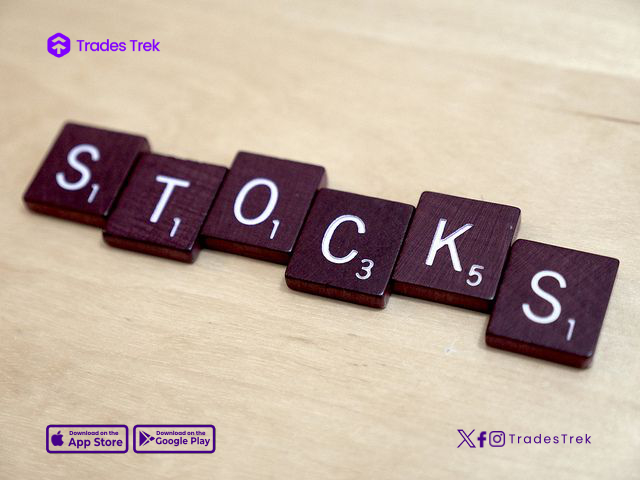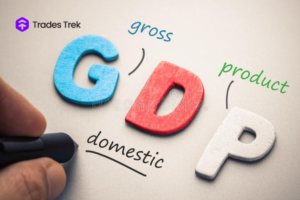Growth stocks represent companies with the potential to perform well over time. While value stocks are companies with strong fundamentals and are currently trading below their fair market value.
Investing in the stock market requires understanding key concepts, one of which is the distinction between growth and value stocks. Both types of stocks offer unique investment opportunities, but choosing between them depends on your financial goals, risk tolerance. Whether you are a beginner or a seasoned investor, knowing when to choose between growth and value stocks can make all the difference in building a profitable portfolio.
What Are Growth Stocks?
Growth stocks represent companies that are expected to grow their revenues or market share at a faster rate than the overall market. These companies reinvest most of their profits to fuel expansion, product development, or market penetration rather than paying dividends to shareholders. Growth stocks tend to be more volatile since their value is tied to future performance, making them attractive to investors seeking higher returns.
What Are Value Stocks?
Value stocks are shares of companies that trade at a price lower than their intrinsic value, often due to temporary market conditions or challenges. These companies typically have strong fundamentals, such as stable earnings and consistent dividends, but are overlooked or undervalued by the market. Value stocks appeal to investors looking for bargains and steady returns.
How Do You Know If a Stock Is a Value or Growth?
Growth stocks represent companies with the potential to grow faster than the market average. These companies usually reinvest their profits to expand operations, develop new products, or enter new markets. As a result, growth stocks are expected to see higher earnings and sales over time. However, they tend to pay little or no dividends since most profits are used for business development.
In contrast, value stocks often trade at prices below their intrinsic worth, providing investors with an opportunity to benefit when the market eventually recognizes their true value. These companies may have stable earnings and often pay dividends, making them attractive to long-term investors seeking steady income and capital appreciation.
Can a Stock Be Both Growth and Value?
In some cases, a stock can exhibit characteristics of both growth and value stocks. This typically occurs during a company’s transition phase. For instance, when an undervalued company shows signs of expansion and growth potential. However, these cases are rare, and investors need to carefully assess both the company’s fundamentals and market trends to determine how best to categorize such stocks.
What is the Main Difference Between a Growth and Value Investor?
A growth investor focuses on future potential. They are willing to take higher risks and expect significant returns as the company expands. Growth investors typically look for innovative companies with high earnings growth, even if these companies are currently unprofitable.
On the other hand, a value investor seeks out bargains. They look for companies trading below their intrinsic value, often due to temporary market conditions. Value investors rely on metrics such as the price-to-earnings (P/E) ratio to find stocks that the market has undervalued. They are usually more patient, waiting for the stock price to reflect the company’s worth.
Are Value Stocks Riskier than Growth Stocks?
Both growth and value stocks have risks, though the nature of the risk differs. Growth stocks are typically more volatile since their performance depends heavily on future expectations and market sentiment. If the projected growth does not materialize, investors can suffer significant losses.
While more stable, value stocks also have risks. The primary risk is that the stock may remain undervalued for a prolonged period, requiring investors to wait longer for returns. Additionally, value stocks are often linked to mature companies, which may struggle to grow significantly over time. Thus, the risks depend on how well an investor understands the company’s long-term potential.
Choosing Growth or Value Stocks: Which Is Best for You?
When deciding between growth stocks and value stocks, it’s important to align your choices with your financial goals. If you prefer higher returns and can tolerate more risk, investing in growth stocks may be a better fit. However, if you prefer a more conservative approach, the advantages of value stock, may suit your portfolio better.
For beginners, balancing both types of stocks can be an effective way to manage risks while benefiting from potential growth and steady income. As you gain experience, you can adjust your strategy to focus more on the type of stocks that align with your evolving financial objectives.
Conclusion
Whether you are eyeing growth stocks for future gains or seeking the stability of value stock advantages. Use the Trades Trek Stock Simulator to explore both types of stocks in a risk-free environment. Download the app today and practice your strategies to discover what works best for you!




